No products in the cart.
American Sweet Flag (Acorus Americanus) – 6 Pack Of 1 Gallon Pots
$129.97 Original price was: $129.97.$90.98Current price is: $90.98.
SKU: D2LSC 1721688331 Categories: HOUSEPLANTS, PLANTS & TREES
- The quality you expect, the service you deserve.
- Where quality meets convenience.
- Shop with Zero Worries
- Service with a smile, always online.

American Sweet Flag
Acorus americanus
Other Common Names: Calamus Root, Flag Root, Muskrat Root, Sweet Calomel, Sweet Sedge
Plant Details
USDA Plant Hardiness Zones: 3a-6b Find Your Zone
Plant Type: Ornamental Grass, Native Wetland Plant
Height or Length at Maturity: 18-24″
Width at Maturity: 12-36″+
Spacing: 18″ apart for groundcover or solid border edging
Spacing: 18″ apart for groundcover or solid border edging
Growth Habit / Form: Arching, Clumping, Upright
Growth Rate: Slow to Moderate
Flower Color: Greenish Yellow
Flower Type: Cylindrical Spike
Flower Size: 1-4″ long
Flowering Period: Mid Summer
Flowering Period: Mid Summer
Fragrant Flowers: N/A
Foliage Color: Green
Fragrant Foliage: Yes, Aromatic
Berries: Brown
Sun Needs: Full Sun to Part Shade
Water Needs: Average, High
Soil Type: Clay, Loam, Sand, Silt
Soil Drainage: Well Drained Moist to Wet
Soil pH: 5.5 – 7.0
Maintenance / Care: Very Low
Attracts: Visual attention
Resistances: Wet Soil, Deer, Disease, Mildew, Drought, Humidity, Insect
Description
An excellent North American native wetland plant for rain gardens or containers where it can be grown outdoors or indoors as a houseplant, American Sweet Flag is a perfect choice for planting around the edges or ponds, small lakes, stream banks and other areas where the soil stays moist to wet. The “sweet” in the name comes from the aromatic leaves. The roots of this plant tie up toxins in the water helping to purify it, which the fish in your garden pond or small lake will appreciate. Sweet Flag forms slow-spreading stands of upright, sword-shaped, bright green leaves that form a colony along the waters edge that looks similar to Iris or Cattails. Mid summer brings chartreuse color flower spikes that give way to fleshy berries which turn a rich brown as they dry in the summer heat. American Sweet Flag provides a bold vertical accent in full sun to partial shade.
Native American use of Sweet Flag probably played a role in determining its distribution, as the plant was highly prized for its medicinal properties, widely traded, and wild-planted along trade routes. The rhizome contains the medicinal properties and is used to treat a variety of conditions from nausea, heartburn, and colds to fatigue and anxiety.
Landscape & Garden Uses
Growing 18 to 24 inches tall and equally as wide as it slowly spreads over time, American Sweet Flag is a perfect choice for use as a bright accent, border edger or groundcover in consistently moist to wet sites. It looks great planted at the waters edge of ponds, small lakes and stream banks and also around rocks and boulders around the garden pond. It is perfect for growing in containers that can be submerged in the edge of the garden pond or grown year round as a houseplant or in aquariums, where it helps to naturally purify the water. A nice grassy-textured vertical accent in combination container gardens with other plants that like a moist soil and part shade to shade. A fine addition to bog gardens, wetland gardens, pond gardens, ornamental grass gardens and rock gardens.
Suggested Spacing: 18 inches for grouping or mass planting
How To Measure Total Square Feet Of A Planting Area
How Many Plants Needed To Cover A Planting Area?
Growing Preferences
American Sweet Flag is very easy to grow in most any consistently moist to wet soil of average fertility and full sun to part shade. That said, it likes some afternoon shade in warmer climates. Can be grown in pots that are situated or submerged at the margins of the garden pond. Acorus is essentially maintenance free. It slowly naturalizes into clumps by spreading roots but is not invasive at all. We rarely if ever fertilize or prune it. In areas that experience colder winters the foliage may need to be groomed or cut back to the ground before new growth emerges in spring.
Helpful Articles
Click on a link below to find helpful advice from our experts on how to plant, fertilize, prune and water Acorus Sweet Flag plants.
How To Plant And Care For Sweet Flag Acorus Plants
How To Measure Total Square Feet Of A Planting Area
How Many Plants Needed To Cover A Planting Area?
Plant Long & Prosper!
Questions? Contact Us!
Be the first to review “American Sweet Flag (Acorus Americanus) – 6 Pack Of 1 Gallon Pots” Cancel reply
Related products
Sale!
JAPANESE MAPLE TREES
Sale!
FRUIT TREES & PLANTS
Sale!
GROUNDCOVER PLANTS
Sale!
GROUNDCOVER PLANTS
Sale!
PLANTS & TREES
Dwarf Golden Leaf Bamboo – Pleioblastus Viridistriatus ‘Chrysophyllus’ – 1 Gallon Pot
Sale!
PLANTS & TREES
Sale!
Sale!
PLANTS & TREES

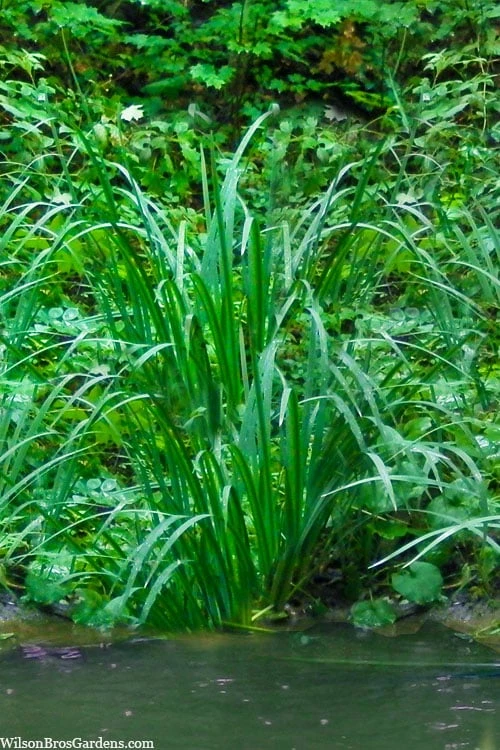

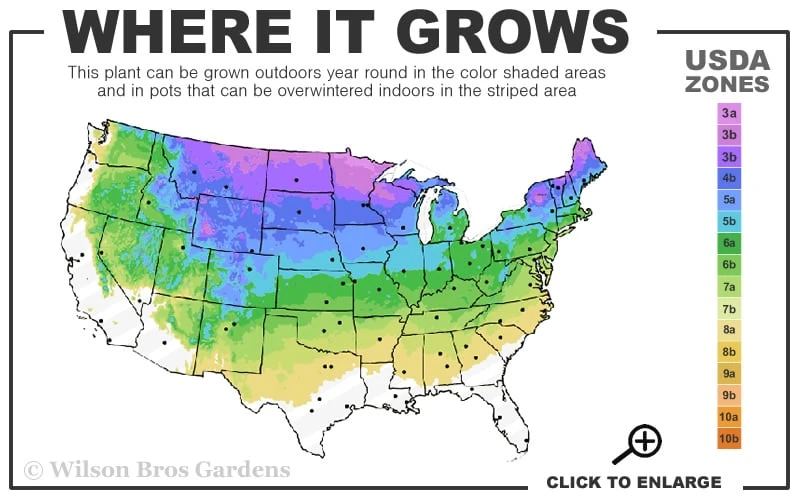
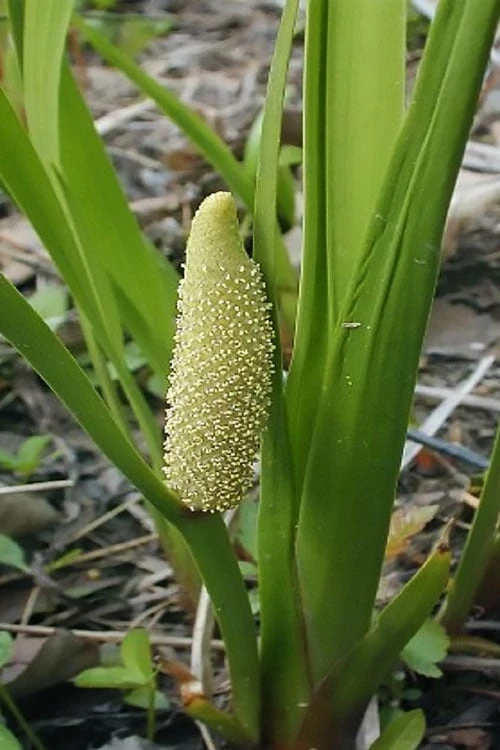

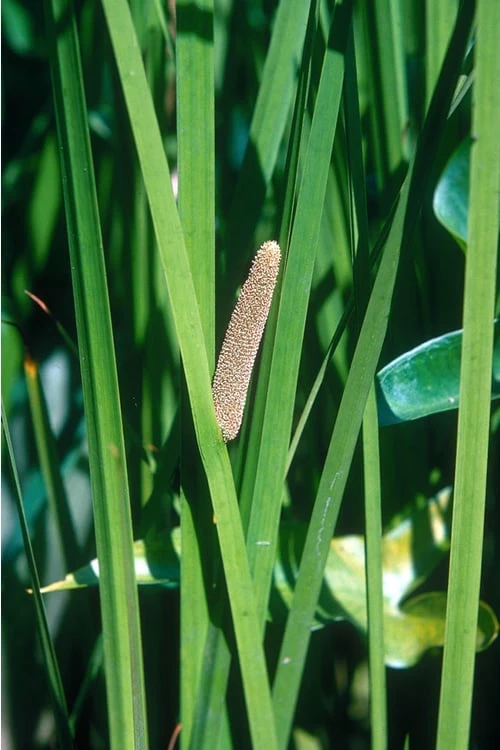
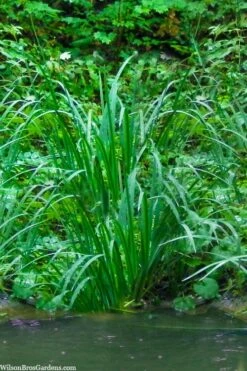
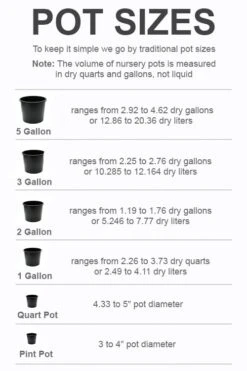
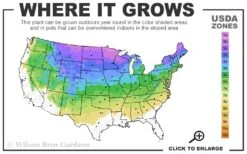

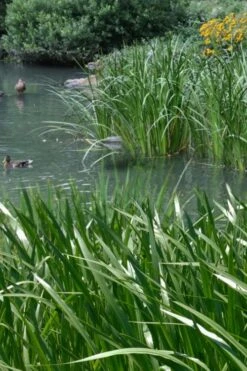
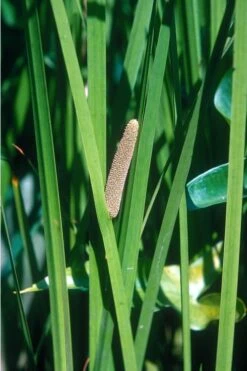
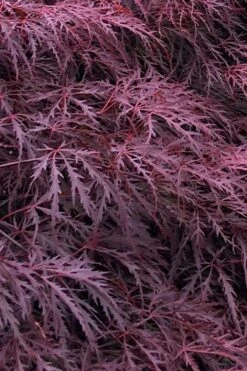
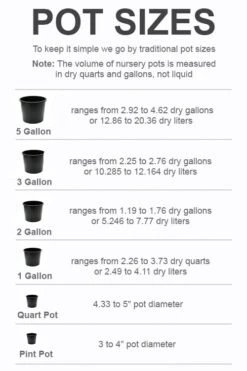

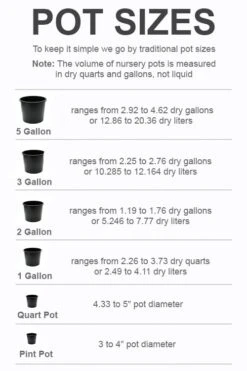

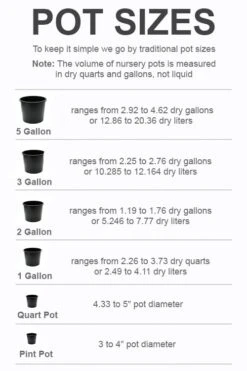

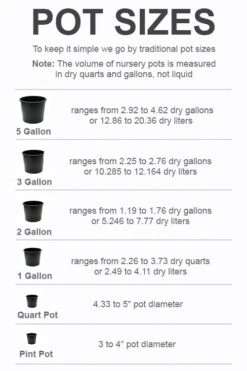







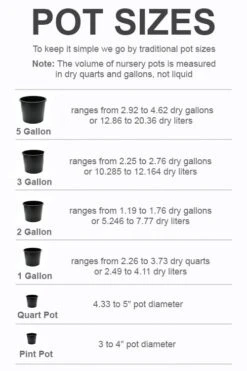
Reviews
There are no reviews yet.